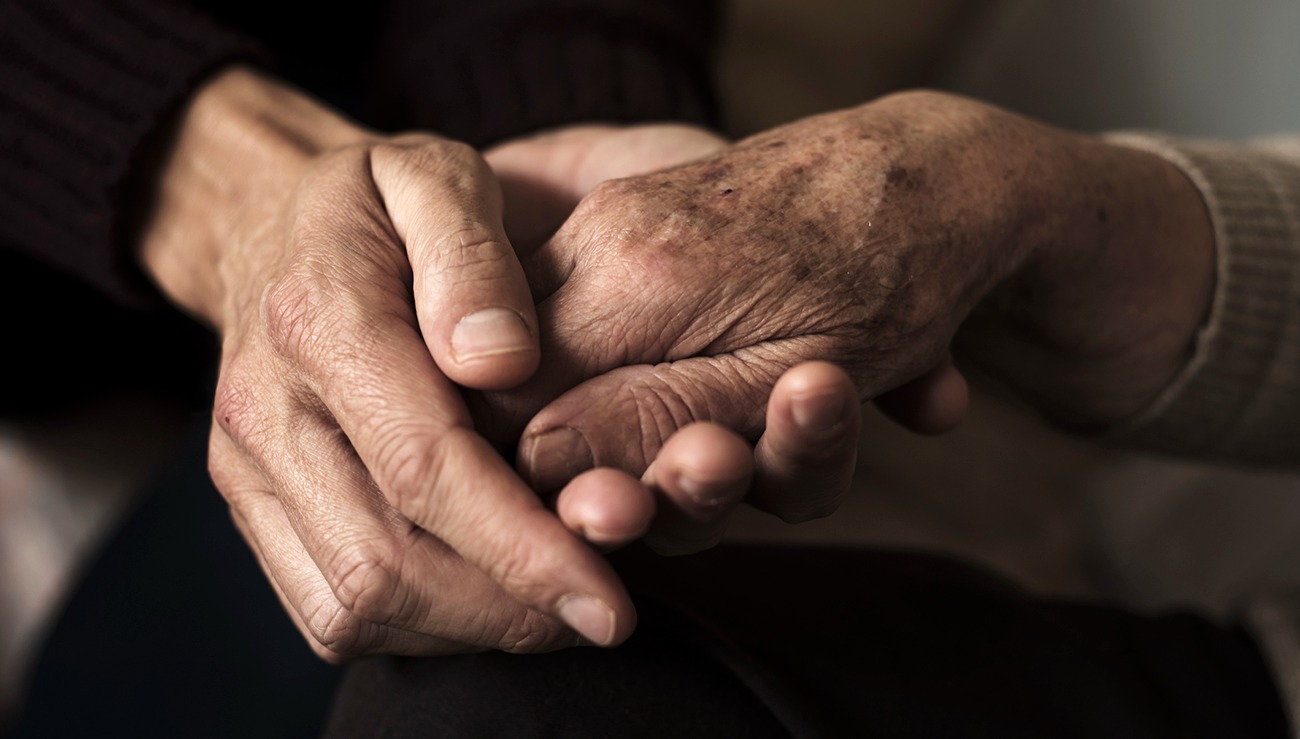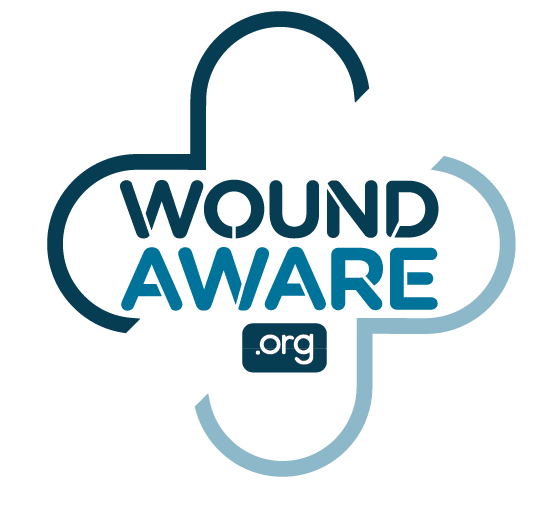Factsheet 3: The impact of a wound

Every year, more than 450,000 Australians live with a wound. With the right advice and treatment, wounds can heal – but it can sometimes be a complex process with physical, emotional and financial impacts on you and your family.
Physical impact
Pain
Wounds can be extremely painful, reducing your ability to move around. Inactivity increases the likelihood of potential complications like infection, while some pain medications can affect healing. Please discuss pain management with a trusted healthcare professional.
Infections
Infections can make a wound worse and last longer, as the body focuses on fighting the infection rather than healing the wound. Infection in a wound can spread around the body through the blood, requiring treatment in hospital. We'll explore infections in greater detail in factsheet 4.Effects on daily life
Physical activities like showering can be harder and take longer with a chronic wound, and your ability to work may even be affected.
Emotional impact
A chronic wound may smell or weep, which can be distressing and embarrassing. You may be tempted to withdraw from friends and family as a result, but isolating yourself from vital support systems can affect your mental health. Chronic wound sufferers often experience lowered self-esteem and decreased quality of life, leading to anxiety or depression. Please reach out to a source of mental health support if this sounds like you.Financial impact
Treating a chronic wound can be expensive. Research has found the average cost of wound products like dressings and medications is between $86-$340 a month, with some chronic wounds taking many months to heal. Getting a diagnosis and ongoing support can also be costly, and may involve appointments with GPs, nurses, allied health practitioners like podiatrists and dietitians, and specialist doctors.
Unfortunately, there is little funding available to offset these costs, which are often borne by the people least able to afford them, such as those on fixed incomes like aged or disability pensions, or with income reduced by an inability to work.
Cost-saving efforts, like buying cheaper dressings or skipping medical appointments, can further delay healing, cause a wound to recur or lead to infections that require hospitalisation.
It's clear that chronic wounds can seriously impact many aspects of your life. Please remember: they can heal with the right treatment. Failing to get appropriate treatment can have serious consequences, however, and we will look at the risks of leaving chronic wounds untreated in factsheet 4.
Disclaimer
This factsheet was produced by Wounds Australia in consultation with qualified clinicians. It is intended to support, not replace, the relationship between you and your healthcare professionals. Please seek proper medical attention as required.
Wounds Australia factsheets are reviewed by panels of healthcare professionals and consumers.
Next review date: December 2025.
